
Real Club de Polo de Barcelona
Av. Dr. Marañón 19-31
08028 Barcelona, Spain
The full schedule can be found HERE.
There are designated and adapted areas and entrances, clearly marked on the venue map.
PoloPark is an open-air festival within CSIO Barcelona that blends entertainment, gastronomy, music, and family-friendly activities.
It transforms the Polo Field into a dynamic and unique space, delivering fresh, healthy experiences and creative showcases, all inspired by equestrian tradition.
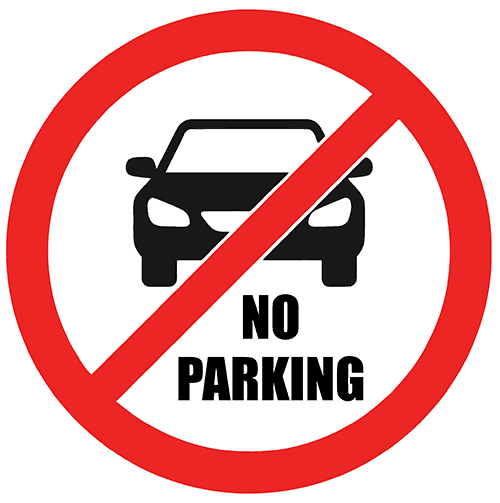
There is no designated public parking. We recommend using public transport or sustainable mobility services
Barcelona has some of the highest quality drinking water in the world. The Ministerio de Sanidad assesses all of Spain’s drinking water, and the agency has determined that tap water in Barcelona is safe to drink unfiltered, according to EU and World Health Organization standards. Stay away from raw foods and un-bottled drinks, unless in a reputable restaurant as a precaution.
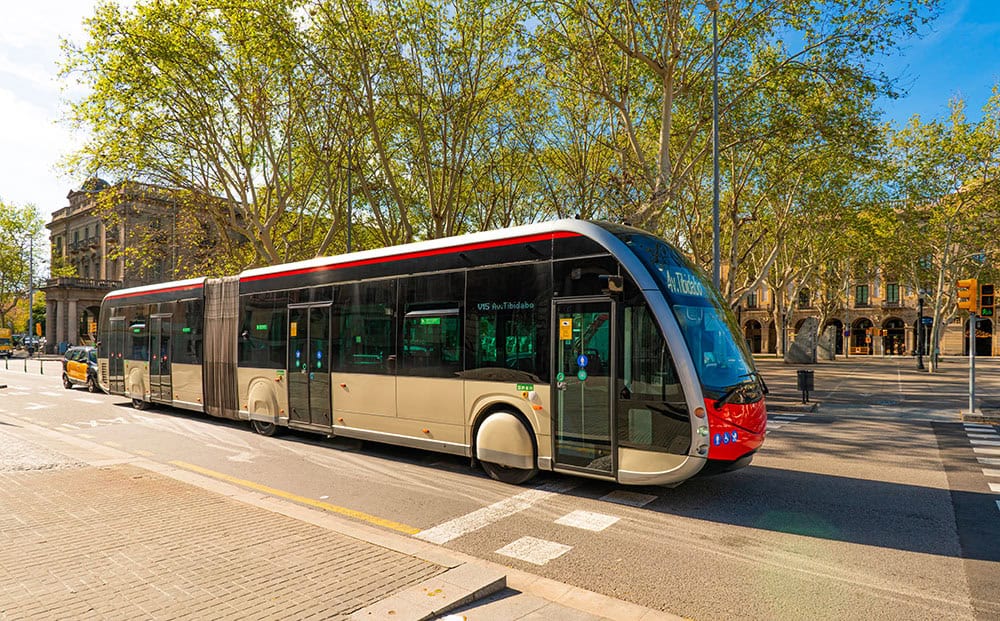
Public Transport: There is public transportation in Barcelona which utilizes both buses and trains.
Taxi: Taxis use meters calculated by distance and time.
Rental Vehicles: For automatic vehicles, it is recommended to book a rental car with a large rental agency.
Ride-Sharing: There are apps that can be utilized to request a vehicle such as Uber and Lyft. The advised and safest method of travel is by taxi or car arranged by a hotel.
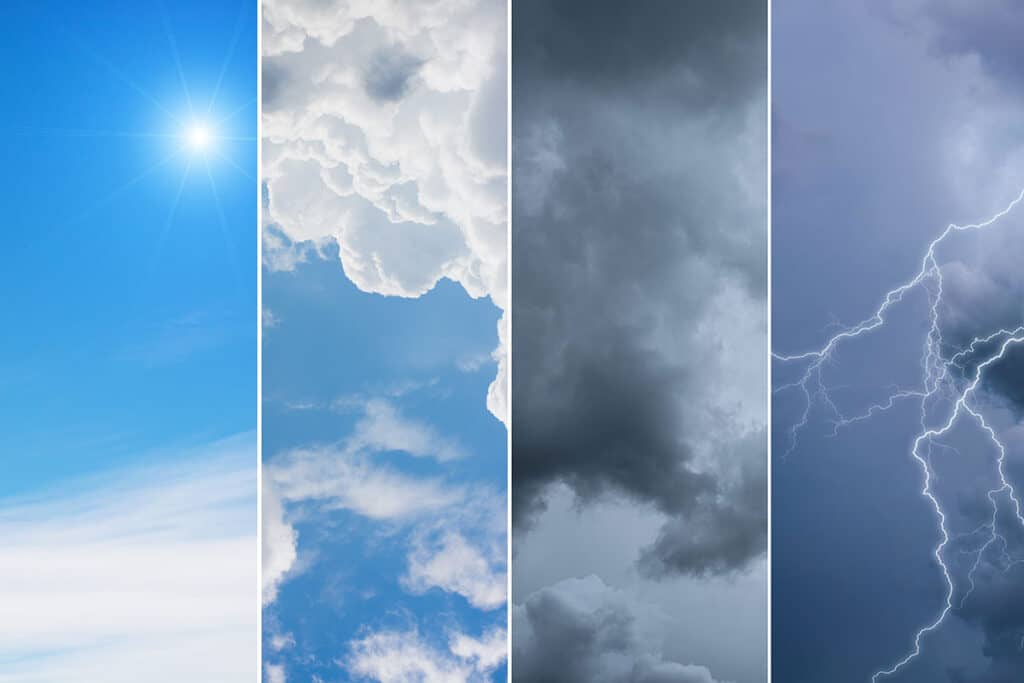
Average weather for October:
A helpful rule of thumb is packing layers. During the day, it’ll probably be warm enough to wear a short-sleeve t-shirt, but it can be cool in the evening, so it’s wise to pack a warm layer or two.
Regarding bottoms, we recommend packing some long pairs of pants, skirts, and one pair of shorts. Pack a lightweight jacket that you don’t mind carrying if it warms up during the day.
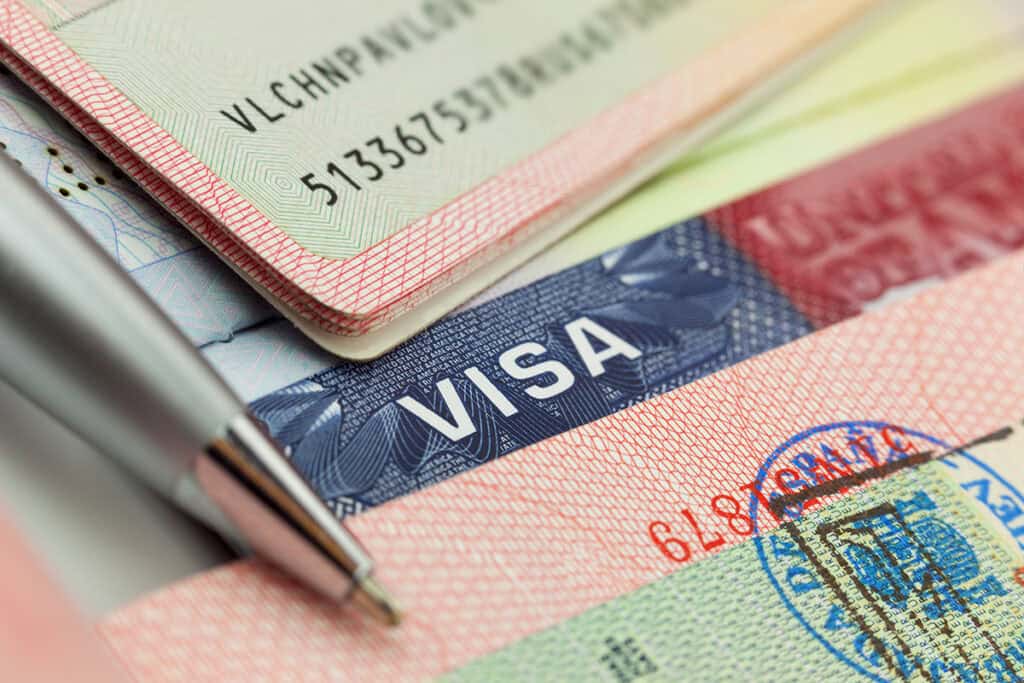
Due to start in October 2025, U.S. citizens and non-E.U. nationals will need to complete The Entry/Exit System (EES) for all short-term stays to European countries. Registration and biometric data collection will be completed at a border control kiosk at the arrival airport. More information about EES can be found HERE.
It is the traveling individual’s responsibility to check any visa requirements.
When traveling abroad, U.S. citizens may enroll in the Smart Traveler Enrollment Program (STEP). Visit www.travel.state.gov for more information.
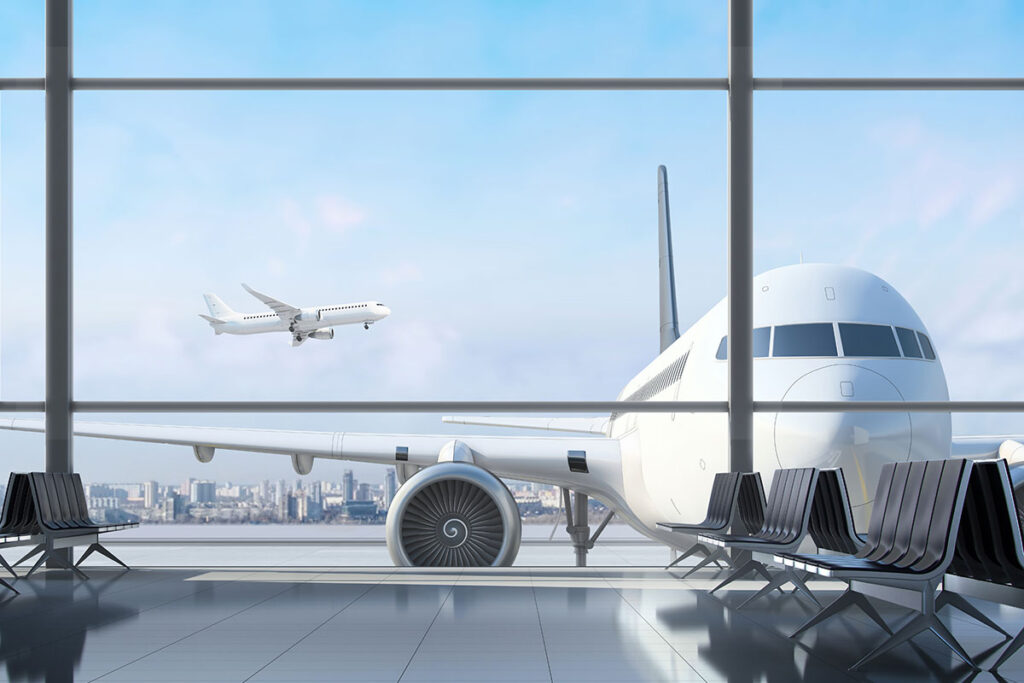
Josep Tarradellas Barcelona-El Prat Airport (BCN) – 10 mi / 16km
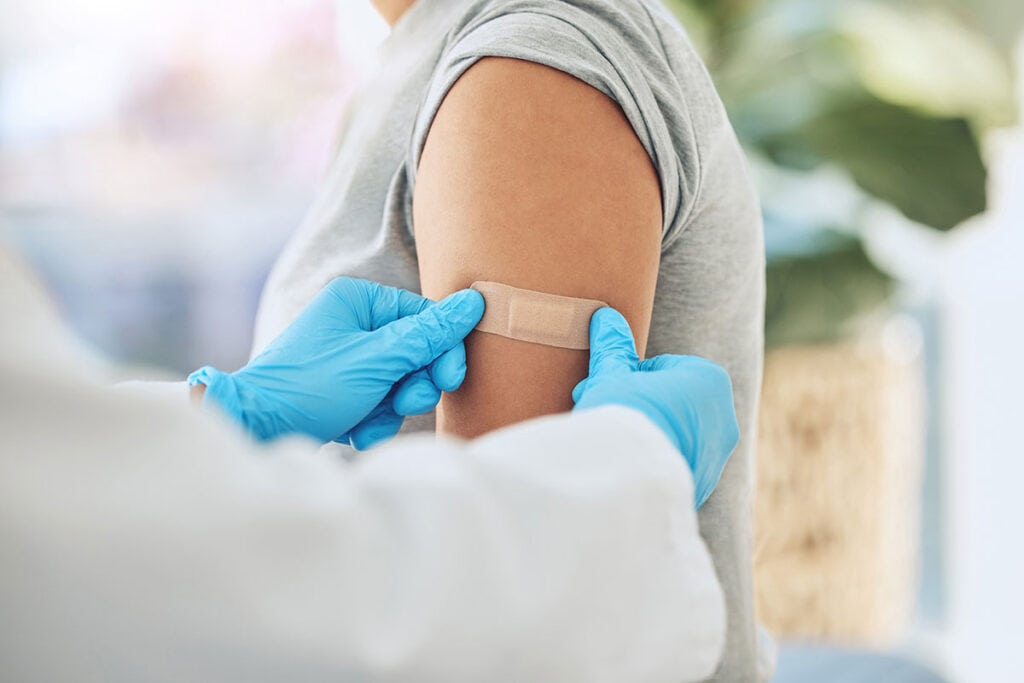
In accordance with the CDC and USOPC recommendations, you may want to consider getting the seasonal flu vaccine. Please note it takes approximately two (2) weeks to maximize immunity.
Barcelona is a major cultural center with a remarkable history. It abounds with archives, libraries, museums, and buildings of interest, featuring superb examples of Modernist and Art Nouveau decor and architecture. Since the late 1970s, with the official recognition of the Catalan language and the granting of significant levels of regional self-government, cultural life has been revitalized, bringing with it a new awareness of the depth and variety of Catalan culture. This vitality combines with the striking physical setting of Barcelona—between scenic mountains and the Mediterranean Sea, with a benign climate that fosters street life—and its significance as an economic power and a major port to create a city of infinite variety. For more information about Barcelona, click HERE.
There are many things to see and do in Barcelona. For a guide, CLICK HERE for more information.
For more hotel options, CLICK HERE.
| NAME | ADDRESS | WEBSITE |
|---|---|---|
| Hospital de Barcelona | Diagonal, 660 08034 Barcelona, Spain | Website |
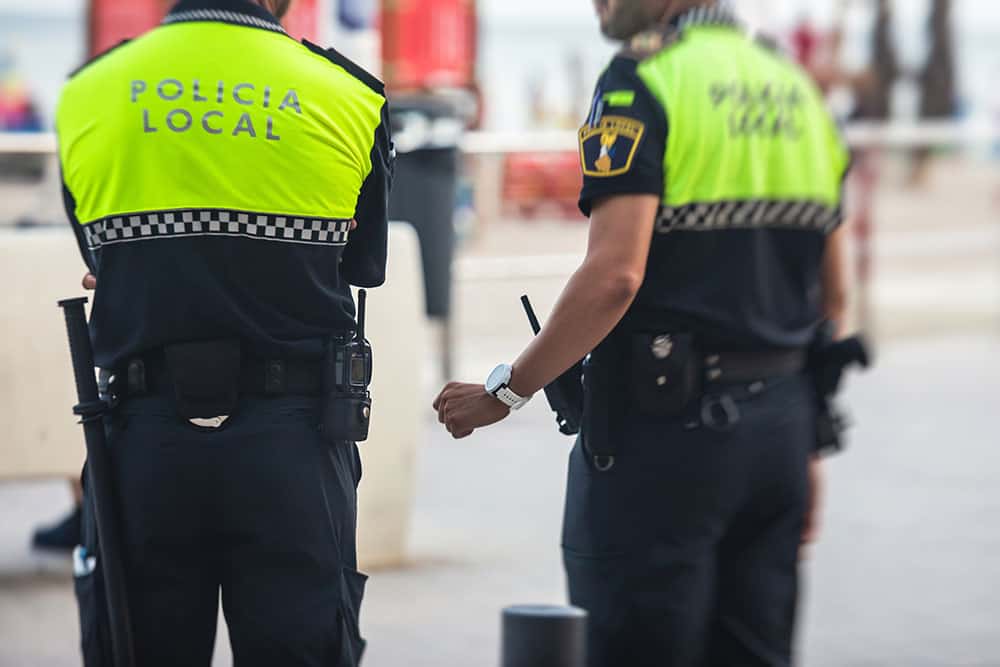
In general, Barcelona, Spain is a safe area for its residents and visitors. However, security perception changes greatly by district. If you have any doubts or need to report an incident, you can rely on the Police who are constantly patrolling the streets.
Responsible care should be exercised when traveling throughout Barcelona. There is a normal level of crime, but it varies by district. In the higher-income areas frequented by tourists, petty theft is the most common concern. Travelers should keep valuables out of sight and be aware of their surroundings.
Avoid isolated areas when on foot, especially after dark. It is recommended to only use a trusted taxi or an app-based taxi service.
Do not hail a taxi on the street.
Assailants usually target victims for their smartphones, wallets, or purses. If confronted by someone with a weapon, it is best not to resist.

Major credit cards are widely accepted. Use of debit cards is widespread, although many stores impose a minimum per debit card purchase, and service charges may apply. Smaller establishments may accept cash only. You’ll find ATMs widely available in Barcelona if you need to withdraw Euros.
It is best to use ATMs inside banks instead of ATMs that are more accessible to passers-by and all banks advise customers to cover ATM keypads with their hands when entering codes.
When making credit card transactions, travelers should expect the vendor to use a credit card reader in their presence.
Security is the responsibility of everybody. Good security is the application of common sense. The key to good security is vigilance. Be aware of what is happening around you and always pay attention to anything that appears unusual or out of place. This includes people who appear nervous about their surroundings.

The key to good security is vigilance. Be aware of what is happening around you and always pay attention to anything that appears unusual or out of place. This includes people who appear nervous about their surroundings.
If you see an incident involving the police, do not get involved. Do not play the good Samaritan.
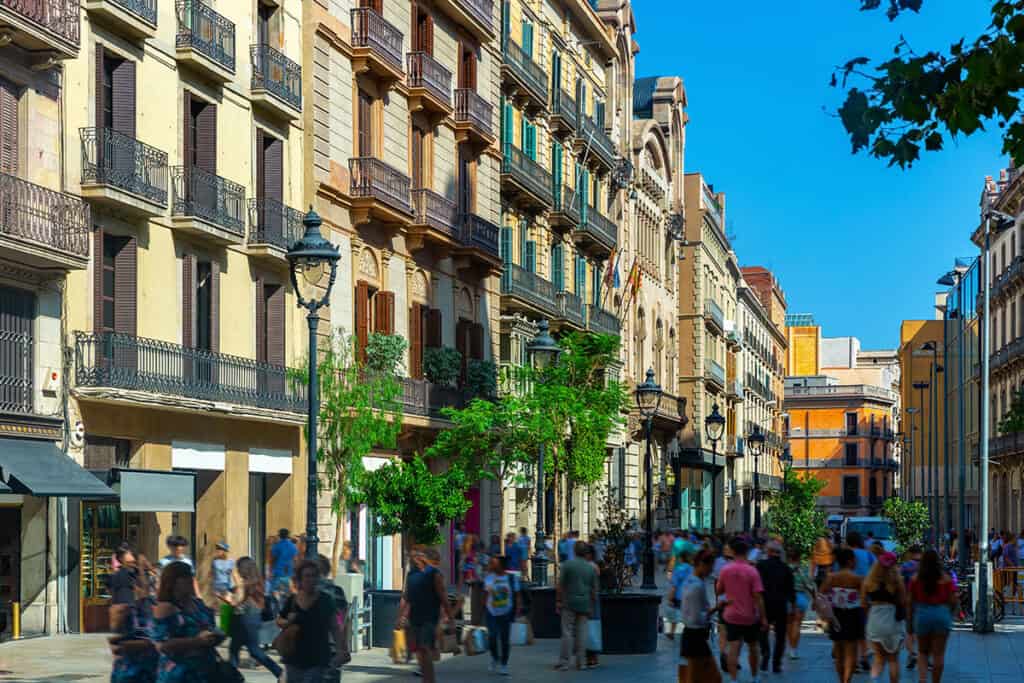
Office hours: Monday through Friday from approximately 9:00 a.m. until 2:00 p.m. and from 5:00 p.m. until 8:00 p.m.
Banks: typically open Monday through Friday from 8:30/9:00 a.m. until 2:00/2:30 p.m. Some branches are open Saturday mornings.
Shops: typically open Monday through Saturday from 9:00/10:00 a.m. until 2:00 p.m. and from 5:00 p.m. until 8:00 p.m.
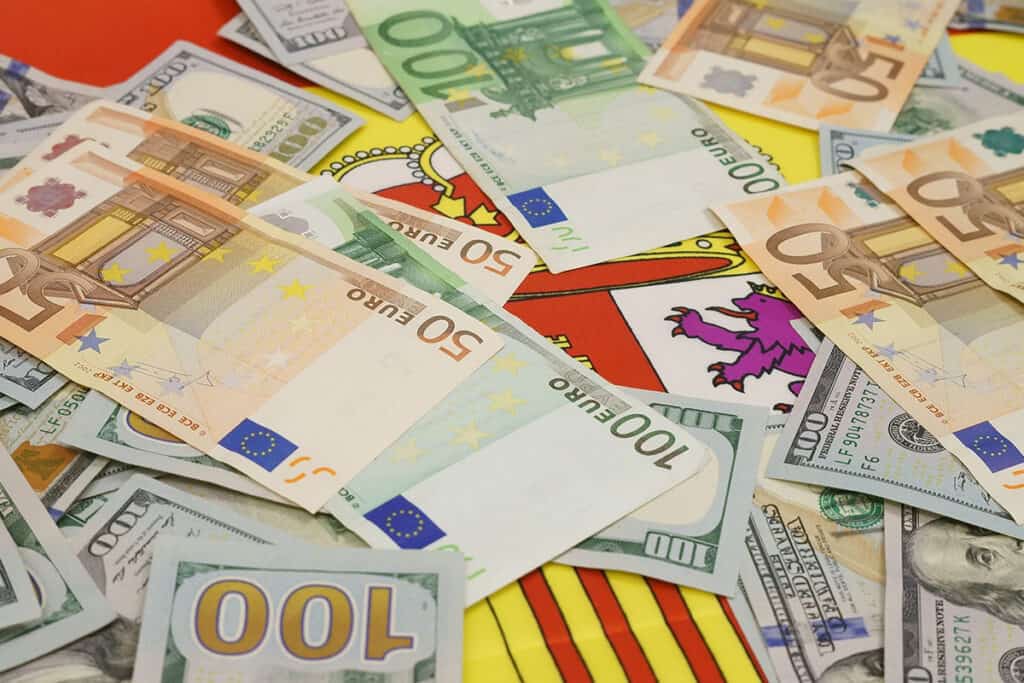
The euro (€) is the official currency of Spain. If you need to exchange currency while in Barcelona, here are some options available in the city:
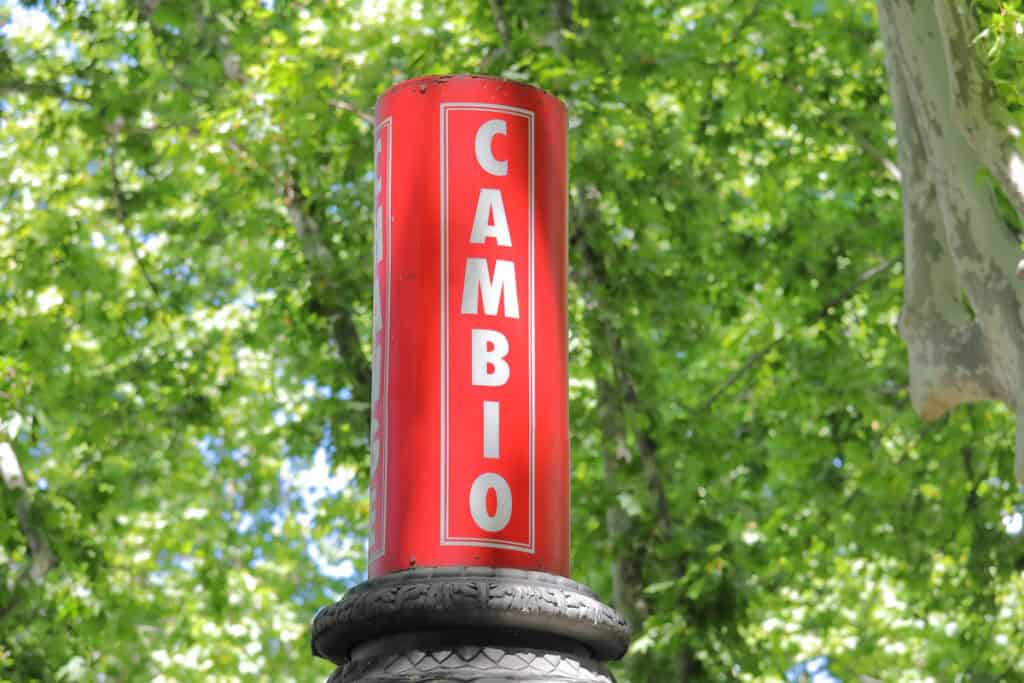
While traveler’s checks were once a popular way to carry money abroad, they are largely outdated and not recommended for use in Barcelona or other parts of Spain.
Important considerations for exchanging currency:
Utilize No Foreign Transaction Fee Cards: Consider using a travel debit or credit card that doesn’t charge foreign transaction fees when making purchases.
Tipping in Spain is not mandatory. However, leaving a small tip, such as rounding up the bill or leaving a few extra euros, is a common and appreciated way to acknowledge good service.


Should you need to contact the U.S. consulate, the nearest one is the U.S. Consulate General in Barcelona.
U.S. Consulate General – Barcelona
Paseo Reina Elisenda de Montcada, 23
08034 Barcelona, España
(+34) 93 280 22 27
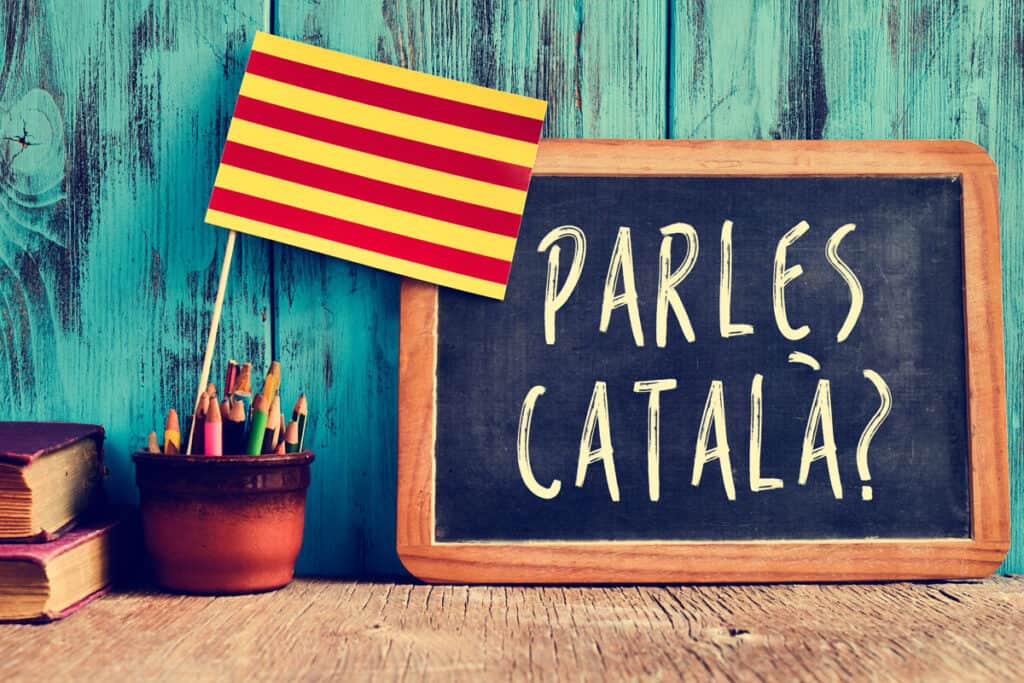
In Barcelona, the official languages are Catalan and Spanish. While both are official, Catalan is the dominant language in offices and schools, and many public signs and documents are in Catalan with Spanish translations. Most residents of Barcelona are bilingual, speaking both languages fluently.
While Spanish and Catalan are the official languages, English is widely spoken in hotels, restaurants, and other places catering to international visitors. However, it’s worth noting that some older residents and taxi drivers may have limited English proficiency.
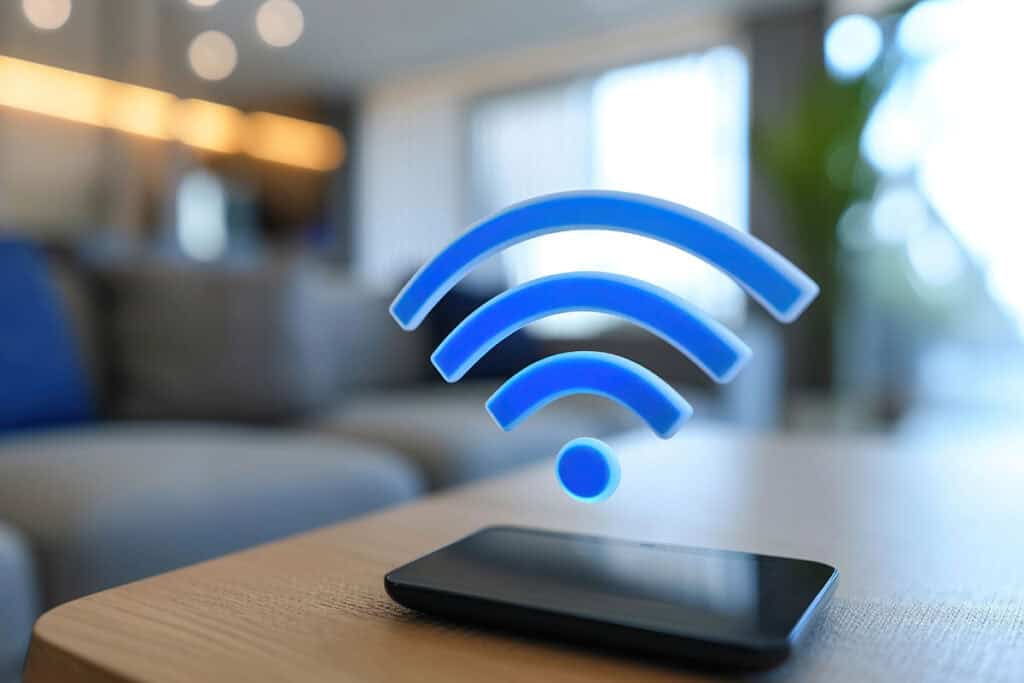
Cell phone coverage in Barcelona is generally excellent, especially in the city center and major areas. Most major carriers offer strong 4G and 5G coverage, including in the metro, shopping centers, and even on some beaches. While remote areas and mountainous regions might experience weaker signals, Barcelona’s urban environment is well-covered. Contact your phone provider for more information on Sim Cards and International Data Plans.
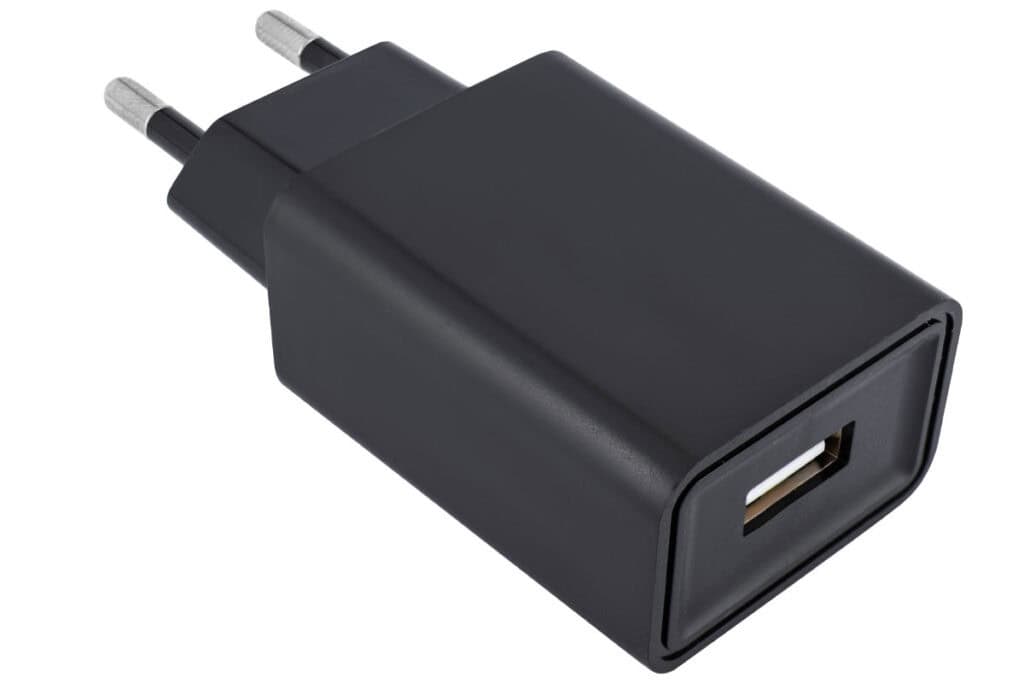
Power in Spain operates on a 230-volt current and a 50 hertz frequency. Electricity will be supplied through a Type C (rounded two-prong) or Type F (rounded two-prong with two earth clips).
Universal Power Adapters can easily be purchased before travel.
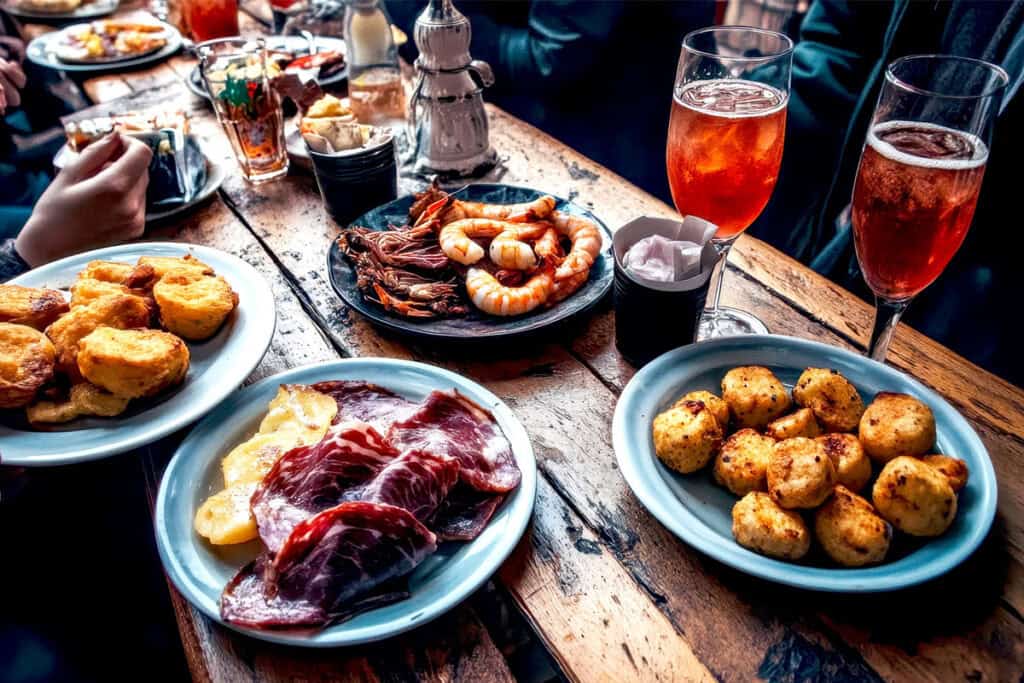
Spanish cuisine is a diverse culinary landscape, influenced by Mediterranean flavors and regional specialties. Key elements include fresh seafood, olive oil, and a focus on quality ingredients. Iconic dishes range from tapas to paella, with regional variations adding unique twists.
Some examples of typical dishes:
This is just a sample of restaurants in the area. For more dining options, click HERE.